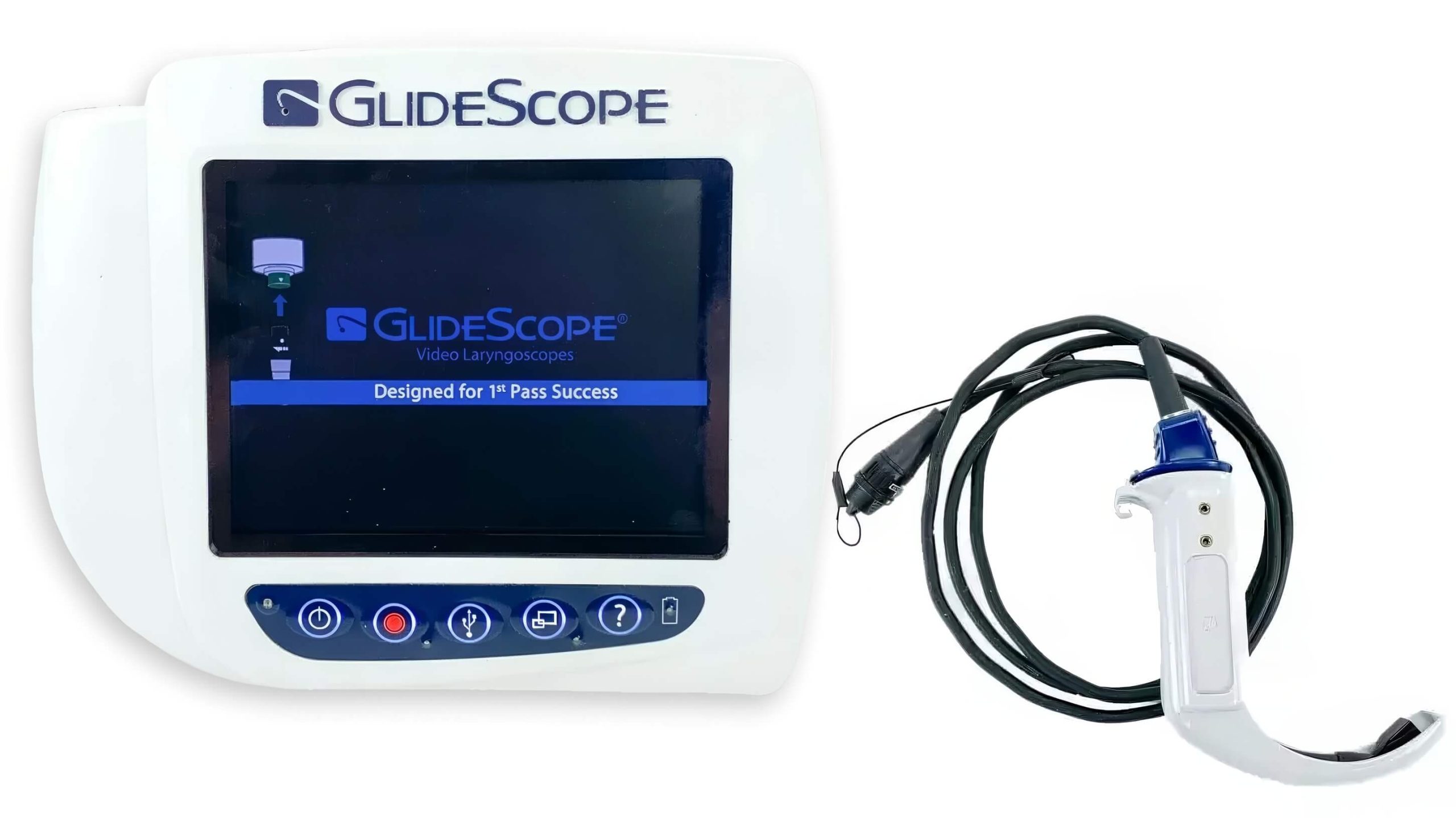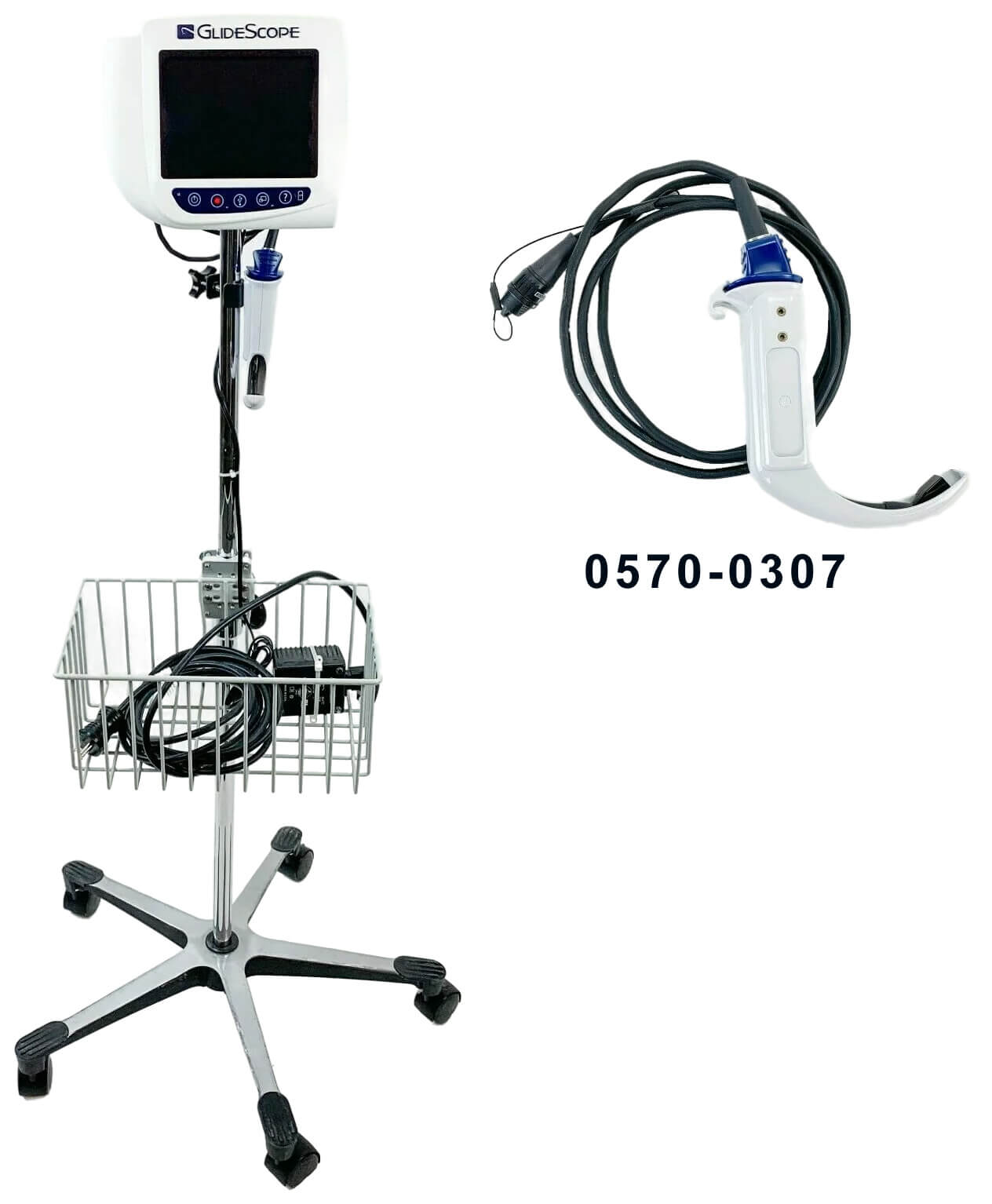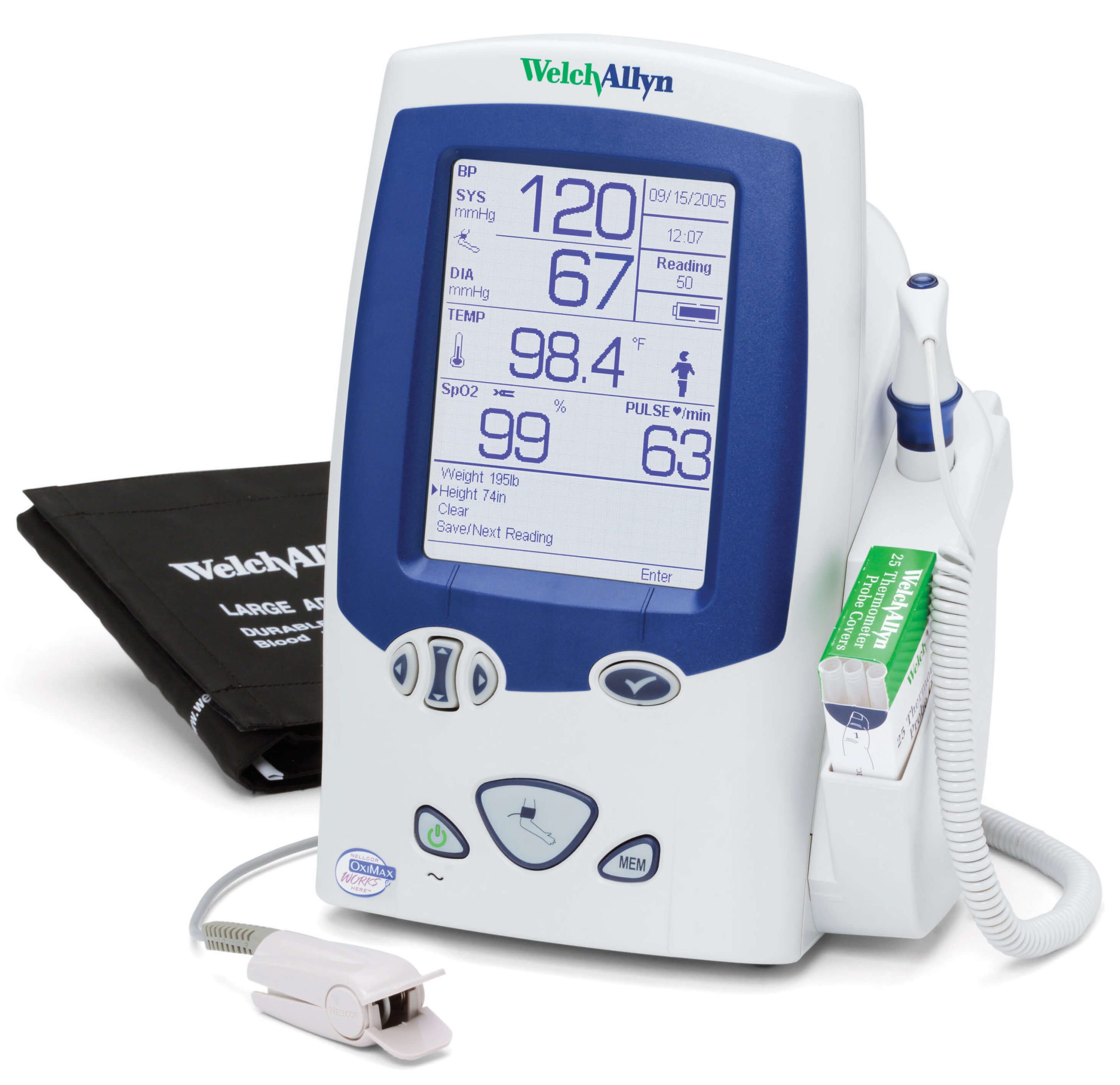Do you ever wonder what it takes to ensure the longevity and optimal performance of your biomedical equipment? The answer lies in one simple word: maintenance. Proper maintenance and repair can significantly extend the lifespan of your valuable biomedical equipment, saving you time, money, and unnecessary headaches.
In this comprehensive guide, we will delve into the world of biomedical equipment maintenance and repair. We will explore the importance of regular upkeep, highlight common issues that arise with such equipment, and provide practical tips on troubleshooting. Whether you are a healthcare professional or a facility manager responsible for maintaining these vital tools, this article promises to equip you with the knowledge needed to maximize the lifespan of your biomedical equipment.
The Importance of Biomedical Equipment Maintenance
Maintaining the proper functioning of your biomedical equipment is of paramount importance, as it directly impacts patient care and safety. By adopting a proactive approach to maintenance, you can ensure that your equipment functions optimally, minimizing the risk of malfunctions that could lead to unforeseen complications. Regular maintenance not only extends the lifespan of your biomedical equipment but also enhances its accuracy and reliability, ultimately improving the quality of healthcare services provided.
The significance of biomedical equipment maintenance goes beyond preserving functionality; it plays a crucial role in cost containment as well. By identifying potential issues early on through routine inspections and adhering to recommended maintenance schedules, you can minimize the need for expensive repairs or replacements down the line. Moreover, a well-maintained inventory of biomedical equipment reduces downtime, enabling healthcare providers to deliver timely and efficient care to their patients.
The Cost and Risks of Neglecting Maintenance
Neglecting proper maintenance for your biomedical equipment can have dire consequences. Not only does it pose a significant financial burden, but it also puts patients’ lives at risk. By ignoring regular maintenance, you are playing a dangerous game with the accuracy and reliability of your equipment.
Firstly, the cost implications of neglecting maintenance cannot be overstated. When your biomedical equipment malfunctions or breaks down due to neglect, you will not only have to bear the expense of repairs but also deal with the potential loss of revenue during downtime. Additionally, in the worst-case scenario, if faulty equipment leads to an adverse patient outcome or litigation, the financial repercussions could be severe.
Biomedical Equipment Calibration: Ensuring Accuracy and Reliability
Biomedical equipment calibration is an indispensable aspect of maintenance that ensures the accuracy and reliability of your vital healthcare devices. Calibration involves testing and adjusting the settings of equipment to align with established standards, ultimately guaranteeing precise measurements and dependable performance. By adhering to a rigorous calibration schedule, healthcare facilities can have full confidence in their biomedical equipment’s ability to deliver accurate results, reducing the risk of misdiagnosis or improper treatment.
Calibration plays a pivotal role in achieving optimal patient care outcomes. Imagine a scenario where a medical professional relies on a faulty blood pressure monitor due to inaccurate readings caused by miscalibration. This unfortunate situation could lead to incorrect diagnoses or inadequate treatment plans for patients, potentially compromising their well-being. By prioritizing regular calibration, healthcare providers can uphold the highest standards of accuracy, instilling trust in patients while ensuring they receive the most effective care possible.
Key Steps for Proper Biomedical Equipment Maintenance
Ensuring the longevity and optimal performance of your biomedical equipment requires a diligent approach to maintenance. By following these key steps, you can significantly extend the lifespan of your valuable equipment:
1. Regular Cleaning: Start by implementing a rigorous cleaning routine. Use mild disinfectants and non-abrasive cleaning agents to remove dirt, dust, and contaminants from the surfaces of your equipment. Pay special attention to high-touch areas and delicate components.
2. Preventive Inspections: Conduct regular check-ups on all equipment to identify issues before they escalate into major problems. Inspect cables, connectors, and power supply systems for signs of wear or damage. Verify that all safety features are functioning correctly.
3. Calibration and Testing: Regular calibration is crucial for maintaining accuracy and reliability in biomedical devices. Ensure that instruments are properly calibrated according to manufacturer guidelines or industry standards. Perform routine performance tests to confirm accurate measurements.
4. Correct Storage Procedures: Store your equipment in appropriate conditions when not in use, considering factors such as temperature, humidity levels, and exposure to light or chemicals. Follow manufacturer specifications for storage requirements to prevent deterioration or damage over time.
5. Train Staff on Proper Usage: Educating your staff about correct procedures for operating and handling biomedical equipment is essential for longevity. Provide comprehensive training programs that cover proper usage techniques, maintenance protocols, cleaning methods, and troubleshooting steps.
A diligent approach to maintenance will not only maximize the lifespan of your biomedical equipment but also ensure reliable results in healthcare settings while minimizing downtime due to repairs or replacements.
Identifying Common Issues and Troubleshooting Tips
When it comes to biomedical equipment, encountering issues is not uncommon. However, with a keen eye and some troubleshooting know-how, you can swiftly identify and rectify these problems. One of the most frequent issues involves power supply troubles. If your equipment fails to turn on or experiences intermittent power loss, check the power cord for any visible damage or loose connections. Additionally, ensure that the power outlet is functioning correctly by plugging in another device.
Another common problem revolves around inaccurate readings or measurements produced by biomedical instruments. If you notice inconsistent results, first examine whether the sensors or probes are properly attached and clean. Sometimes, a simple recalibration can resolve this issue. However, if the problem persists, it might indicate a deeper malfunction that requires professional intervention.
When to Seek Professional Repair Services
Despite your best efforts in maintaining and troubleshooting your biomedical equipment, there are times when professional repair services become necessary. Recognizing these situations and taking prompt action is crucial to avoid further complications and extend the lifespan of your valuable equipment.
One scenario that calls for professional intervention is when you encounter complex technical issues that exceed your expertise or available resources. These can include software malfunctions, hardware failures, or intricate electrical problems. Entrusting these challenges to skilled biomedical technicians ensures a swift and accurate diagnosis, preventing potential harm to patients or costly downtime for your facility.
In addition to technical complexity, another indicator for seeking professional repair services is when you require specialized equipment calibration. Proper calibration guarantees optimal performance and accurate results from your biomedical devices. Trained experts possess the knowledge and tools necessary to calibrate intricate components with precision, ensuring their reliability in critical healthcare settings.
Remember, timely involvement of professionals not only safeguards the integrity of your equipment but also allows you to focus on delivering exceptional patient care without unnecessary interruptions. By partnering with trusted repair services like Auxo Medical, you can rest assured that dedicated experts will efficiently address any issues while prioritizing the longevity of your biomedical equipment.
Auxo Medical Affordable Biomedical Equipment Maintenance and Repair Solutions
When it comes to ensuring the longevity and optimal performance of your biomedical equipment, trust in the expertise of Auxo Medical’s affordable maintenance and repair solutions. With a team of highly skilled technicians who possess an intricate understanding of various medical devices, Auxo Medical is equipped to handle all your equipment needs.
At Auxo Medical, we pride ourselves on offering cost-effective solutions without compromising on quality. Our technicians undergo rigorous training to stay up-to-date with the latest advancements in biomedical technology. Whether you require routine maintenance, calibration services, or complex repairs, our dedicated team will work swiftly to address any issues that may arise.
The Benefits of Preventive Maintenance Programs
Implementing a comprehensive preventive maintenance program for your biomedical equipment can yield numerous benefits that go beyond simply extending its lifespan. By investing in regular inspections and maintenance, you are taking proactive measures to ensure the optimal performance and reliability of your equipment, ultimately minimizing downtime and maximizing productivity.
One significant advantage of preventive maintenance is the early detection of potential issues. Through routine inspections and testing, skilled technicians can identify any underlying problems before they escalate into major failures. This proactive approach allows for timely repairs or replacements, preventing costly breakdowns and unplanned equipment downtime.
Auxo Medical: Maximizing the Lifespan of Your Biomedical Equipment
When it comes to ensuring the longevity and optimal performance of your biomedical equipment, Auxo Medical is your trusted partner. With a team of highly skilled technicians and a commitment to excellence, Auxo Medical offers comprehensive maintenance and repair solutions that will maximize the lifespan of your valuable equipment.
At Auxo Medical, we understand that proper maintenance is essential for the smooth operation of biomedical equipment. Our technicians undergo rigorous training to stay updated with the latest industry standards and techniques. They possess in-depth knowledge about various types of equipment, enabling them to provide accurate diagnoses and effective repairs.
When it comes to maximizing the lifespan of your biomedical equipment, seeking the expertise of professional technicians is essential. At Auxo Medical, we understand the intricate nature of biomedical equipment and offer top-notch maintenance and repair services to ensure optimal performance.
Our team of highly skilled technicians possesses a deep understanding of various types of biomedical equipment. Equipped with state-of-the-art tools and extensive knowledge, they are adept at diagnosing issues and implementing effective solutions. Whether it’s routine inspections, calibrations or complex repairs, our technicians work diligently to restore your equipment to its peak functionality. Contact us today for a customized quote online or call us toll free at (888) 728-8448.
 In the healthcare industry, maintaining a clean and sterile environment is crucial to ensuring the safety of patients and staff. One area that plays a vital role in this regard is the Sterile Processing Department (SPD). The SPD is responsible for cleaning, decontaminating, sterilizing, and storing medical instruments and equipment. To uphold high standards of cleanliness and prevent any potential risks or failures, it is essential to implement a solid preventive maintenance plan. In this article, we will explore the importance of such plans for your SPD.
In the healthcare industry, maintaining a clean and sterile environment is crucial to ensuring the safety of patients and staff. One area that plays a vital role in this regard is the Sterile Processing Department (SPD). The SPD is responsible for cleaning, decontaminating, sterilizing, and storing medical instruments and equipment. To uphold high standards of cleanliness and prevent any potential risks or failures, it is essential to implement a solid preventive maintenance plan. In this article, we will explore the importance of such plans for your SPD. Auxo Medical understands the importance of cost-savings for healthcare facilities while maintaining high standards of care. Our preventive maintenance plans are designed with a focus on maximizing efficiency and reducing overall operational expenses through timely interventions.
Auxo Medical understands the importance of cost-savings for healthcare facilities while maintaining high standards of care. Our preventive maintenance plans are designed with a focus on maximizing efficiency and reducing overall operational expenses through timely interventions.


